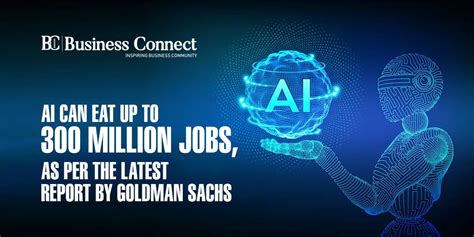The heralded entrance of artificial intelligence into various sectors of the economy has sparked an extensive debate around its return on investment (ROI). Recently, a report from Goldman Sachs questioned the viability of these significant investments, hinting that the expected ROI might be underwhelming. This skepticism has come at a time when businesses across the globe, driven largely by FOMO (Fear Of Missing Out), are pouring billions into AI technologies with the hope of transformative gains.
One of the principal arguments posited in the report is the disconnect between the potential and current capabilities of AI. While AI technologies like generative AI and Large Language Models (LLMs) have shown impressive demonstrations, they are often critiqued for lacking practical applicability in comprehensive problem-solving environments. This notion is echoed by comments from industry professionals who see parallels between AI’s current hype and past technological bubbles, such as the dot-com era and blockchain.
Interestingly, this narrative isn’t entirely new. Historical analysis reveals a recurring pattern of hype cycles in technology where the initial excitement and adoption often lead to disillusionment before practical and profitable applications are eventually discovered. Technologies like the internet, smartphones, and even blockchain faced similar trajectories. Commenters emphasize the importance of differentiation between foundational technologies like the internet and more niche products like NFTs, which saw a surge of interest but limited lasting impact.
Amidst this debate, there are voices on both sides. Critics argue that many companies are jumping onto the AI bandwagon without a clear strategy or understanding, driven by the lure of potential rather than concrete, immediate benefits. This perspective is notably illustrated by the analogy drawn between Amazon and Sears, where the successful adoption of internet technologies by the former stands in stark contrast to the failure of the latter. The key inference here is that not all investments in AI will be fruitful, and much will depend on the ability to effectively integrate and utilize these technologies.
On the flip side, advocates for AI investments argue that despite the apparent pitfalls, the transformative potential of AI cannot be overlooked. For instance, some in the finance sectors, like certain hedge funds, are already leveraging AI to gain a competitive edge by automating data analysis and decision-making processes. This suggests that while broad-scale success may not be imminent, specific, targeted applications of AI are already yielding significant benefits.
One intriguing aspect of the comment discussions is the concern over AI’s impact on the labor market. Critics and advocates alike ponder the implications of AI replacing human jobs, with varying perspectives on whether this transition will ultimately be beneficial or detrimental to societal structures. Skeptics like ‘mistrust’ the notion that AI will create a utopia and instead foresee a scenario where the technology exacerbates inequality and drives economic instability.
The debate also dives into the economics of AI. Assertions that the AI revolution will mirror the industrial shifts seen with electricity and the internet underscore the belief that while many companies may fail, those who master AI will dominate their fields. However, the high costs associated with AI development and deployment, particularly in terms of energy and resource consumption, pose significant barriers to its widespread adoption. Figures comparing the energy efficiency of AI to the human brain are contentious but highlight the ongoing challenges in achieving economically viable AI solutions.
Ultimately, the merit of AI investments may boil down to timing and execution. Industry experts advise that while AI has the potential to be a game-changer, the present stage of the technology might be better suited for specific, high-impact use cases rather than broad, unfocused applications. As with any significant technological shift, those who navigate these waters with strategic insight and patience are likely to emerge ahead, while others may find themselves reevaluating their technological priorities in hindsight.


Leave a Reply